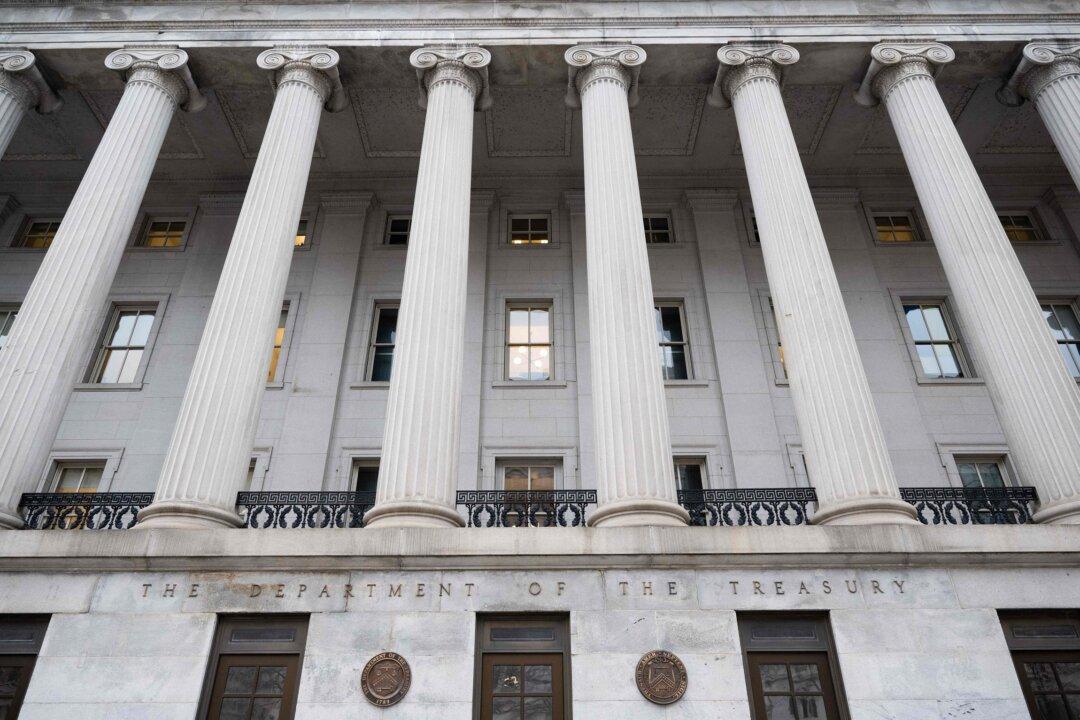Commentary
The Department of Education is responsible for issuing federal student loans. I don’t know about you, but I find this absolutely insane. Shouldn’t we give this task to the Department of the Treasury instead?

The Department of Education is responsible for issuing federal student loans. I don’t know about you, but I find this absolutely insane. Shouldn’t we give this task to the Department of the Treasury instead?